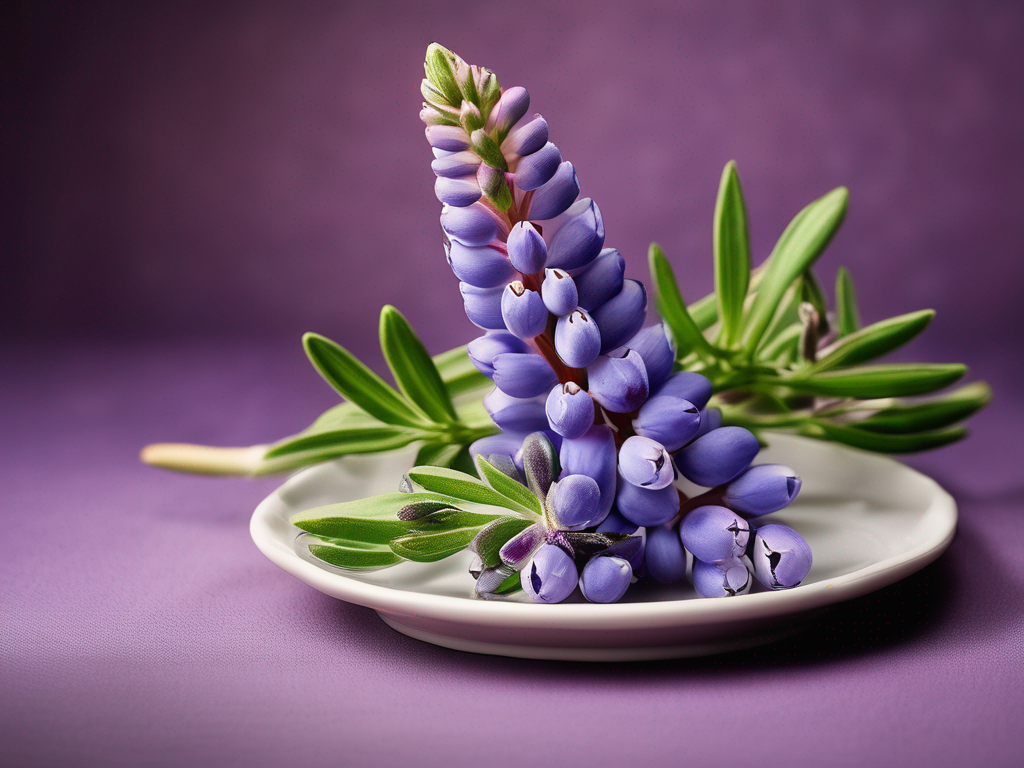
Understanding the Shelf Life of Lupine and How to Extend It
Get Your Free Food Safety Cheat Sheet
30 most common foods with instant answers. Print it and stick it on your fridge—completely free!
Understanding the Shelf Life of Lupine and How to Extend It
Lupine, a versatile and nutritious legume, is gaining popularity in the culinary world for its numerous health benefits and unique flavor profile. Whether you use lupine in its whole form, as flour, or in various processed products, understanding its shelf life is crucial to ensure food safety and quality. In this comprehensive guide, we will delve into the shelf life of lupine and explore effective ways to extend it. (Lupine)
What Determines the Shelf Life of Lupine?
The shelf life of lupine, like any other food product, is influenced by several factors that can either promote or hinder its longevity. Here are some key determinants of lupine's shelf life:
1. Storage Conditions
Proper storage is essential for preserving the quality of lupine and preventing spoilage. Factors such as temperature, humidity, and exposure to light can significantly impact the shelf life of lupine products.
2. Packaging
The type of packaging used for lupine products plays a crucial role in maintaining their freshness. Airtight containers or vacuum-sealed packaging can help protect lupine from moisture and oxygen, which can lead to rancidity and spoilage.
3. Processing Methods
The way lupine is processed and treated before packaging can also affect its shelf life. Proper cleaning, drying, and milling techniques are essential to ensure the longevity of lupine products.
4. Quality of Raw Materials
The quality of the raw lupine used in food products can determine their shelf life. Fresh, high-quality lupine will have a longer shelf life compared to inferior or contaminated ingredients.
Shelf Life of Lupine Products
Different lupine products have varying shelf lives based on their processing methods and storage conditions. Here is an overview of the typical shelf life of common lupine products:
1. Whole Lupine Seeds
- Pantry: Up to 1 year
- Refrigerator: Up to 2 years
- Freezer: Up to 3 years
2. Lupine Flour
- Pantry: 6-12 months
- Refrigerator: Up to 1 year
- Freezer: Up to 2 years
3. Lupine-Based Snacks and Products
- Packaged Snacks: 6-12 months
- Processed Lupine Products: Refer to the expiration date on the packaging
Tips to Extend the Shelf Life of Lupine
Now that we understand the factors influencing the shelf life of lupine, here are some practical tips to help you extend the longevity of your lupine products:
1. Proper Storage
- Store lupine products in a cool, dry place away from direct sunlight.
- Use airtight containers or resealable bags to prevent moisture and air exposure.
- Consider storing lupine in the refrigerator or freezer for extended shelf life.
2. Check for Signs of Spoilage
- Regularly inspect lupine products for any signs of mold, off odors, or discoloration.
- Discard any lupine that appears spoiled or has an unusual texture.
3. Rotate Stock
- Follow the "first in, first out" rule to ensure that older lupine products are used before newer ones.
- Label containers with the purchase or expiration date to track freshness.
4. Avoid Cross-Contamination
- Keep lupine products away from other foods that may transfer odors or flavors.
- Use separate utensils and storage containers for lupine to prevent cross-contamination.
5. Consider Vacuum Sealing
- Vacuum sealing lupine products can help prolong their shelf life by removing excess air.
- Invest in a vacuum sealer for long-term storage of lupine seeds or flour.
Conclusion
In conclusion, understanding the shelf life of lupine and implementing proper storage practices are essential for preserving its quality and nutritional value. By following the tips outlined in this guide, you can extend the shelf life of lupine products and enjoy their benefits for an extended period. Remember to always prioritize food safety and quality when handling lupine in your kitchen.
For more information on lupine and its culinary uses, visit our main food page on lupine. Happy cooking and stay safe! (Lupine)
Authoritative Food Safety References
These agencies and university labs inform every tip and health precaution we publish.
USDA FoodKeeper – Cold Storage Guidelines
Official refrigerator, freezer, and pantry timelines maintained by the U.S. Department of Agriculture.
Visit USDA FoodKeeperFDA Produce Safety Rule & Grower Guidance
Field-to-fridge handling practices that prevent contamination of fruits, vegetables, and leafy greens.
Visit FDA Produce SafetyCDC Foodborne Illness Prevention Hub
Surveillance-backed guidance on pathogens, symptoms, and steps to reduce foodborne illness risk.
Visit CDC Food SafetyUC Davis Postharvest Technology Center
University research detailing optimal storage atmospheres for produce after harvest.
Visit UC Davis PostharvestPenn State Extension – Home Food Preservation & Safety
Peer-reviewed extension bulletins on safe canning, chilling, and reheating practices.
Visit Penn State ExtensionGet Your Free Food Safety Cheat Sheet
30 most common foods with instant answers. Print it and stick it on your fridge—completely free! Want more? Upgrade to the complete guide with 70+ foods.
Scan your food directly and get instant safety info using our AI-powered camera feature.